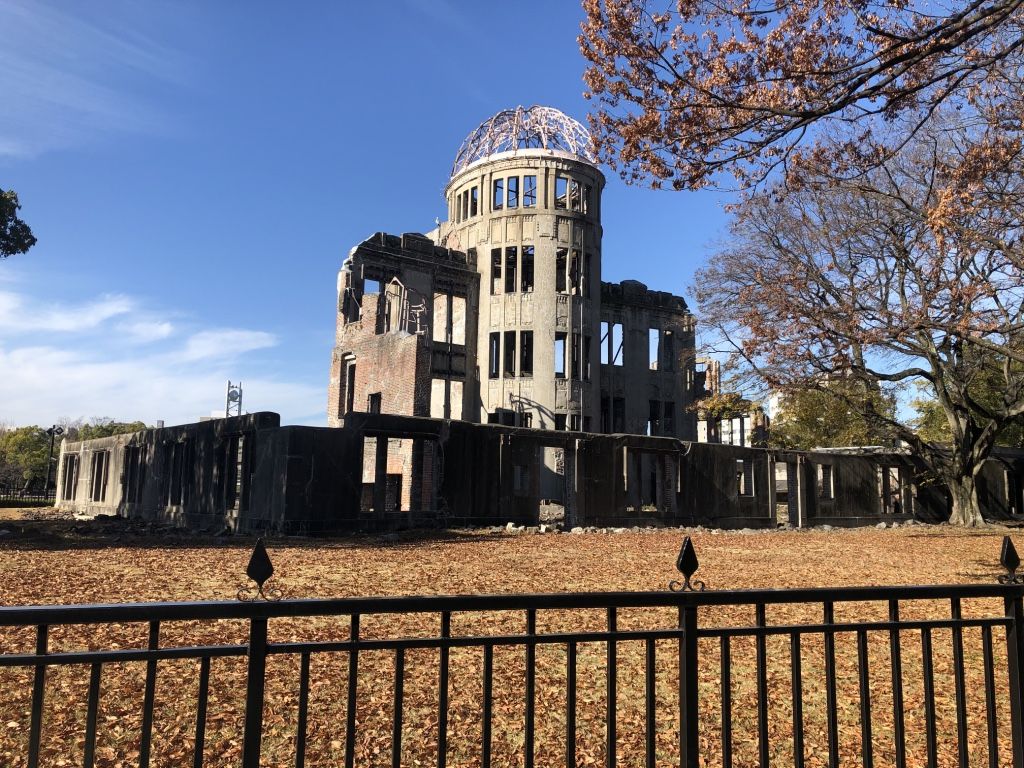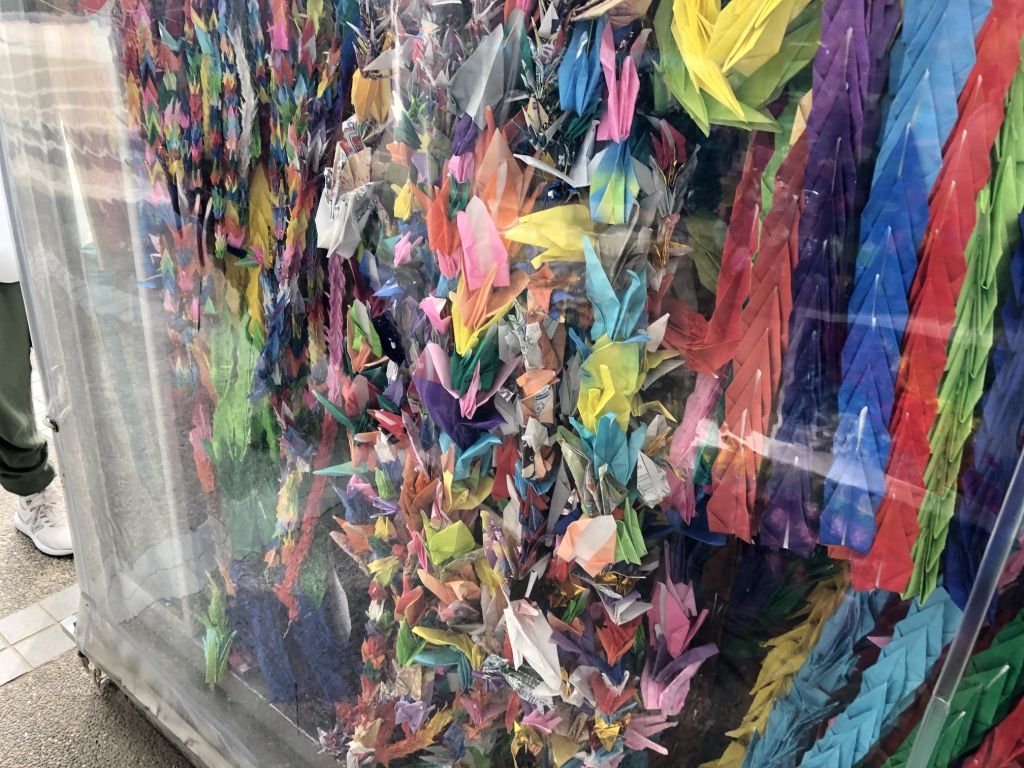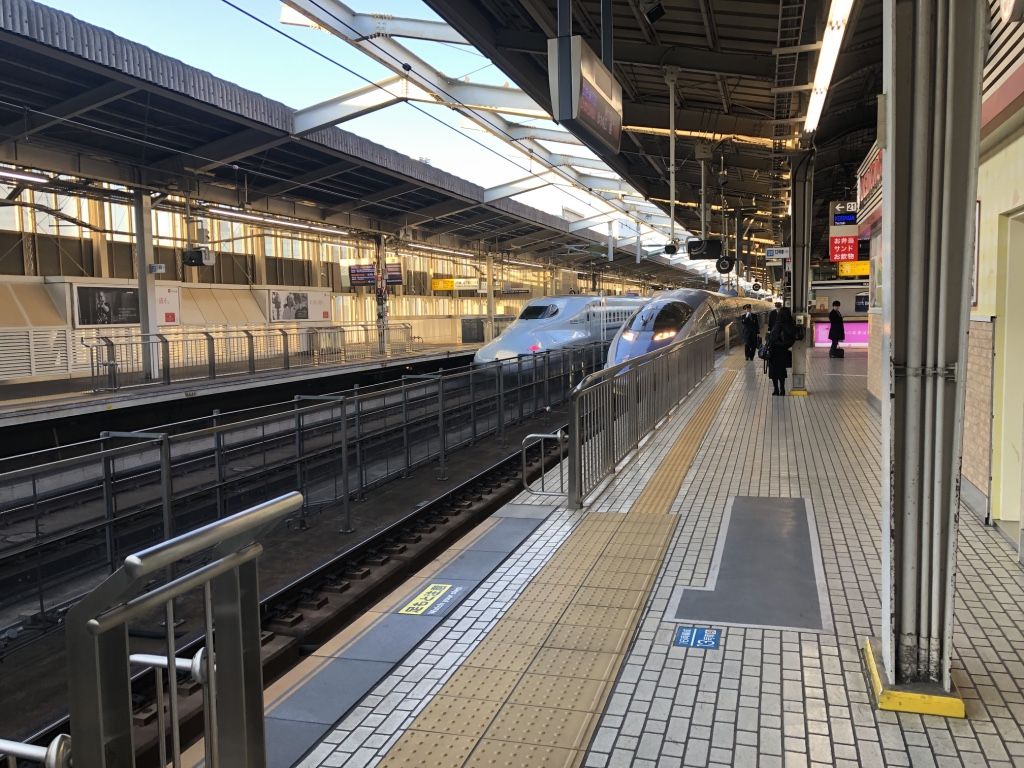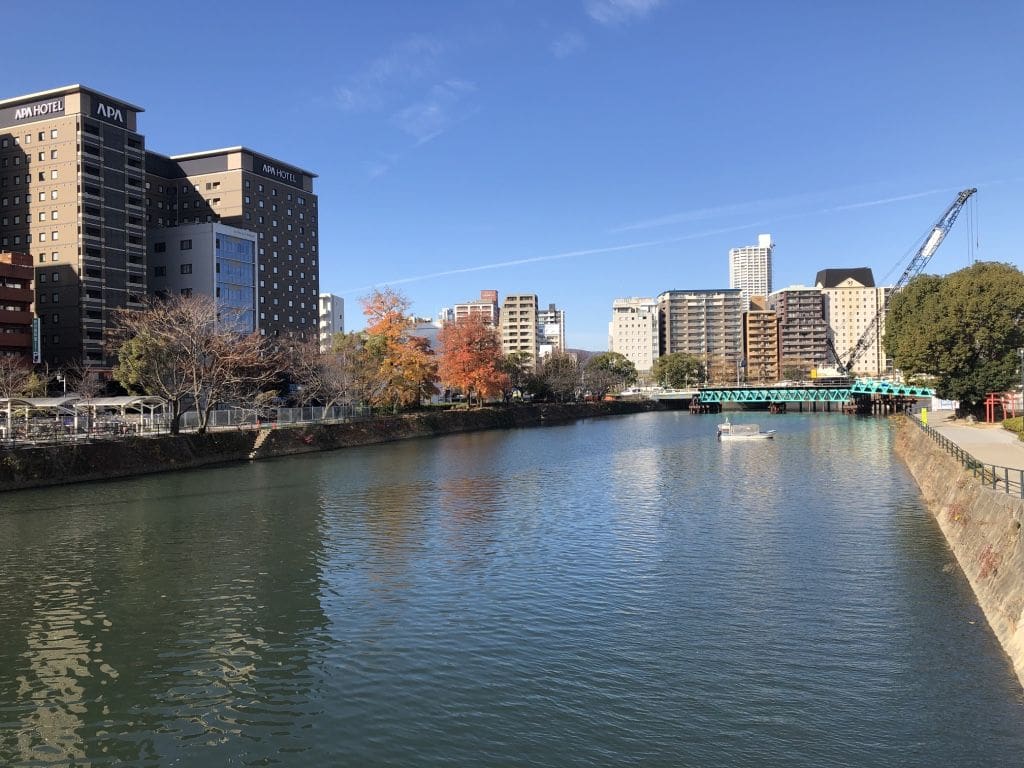The Unique Experience of Hiroshima
Visiting Hiroshima is all about experiencing emotion – and not the contrived stuff places like Disneyland serve up, I’m talking the real deal.
I’ve been to Hiroshima twice and had two completely different reactions to it. The first time, I went by myself; it was a bleak, steel grey day and I was overwhelmed with a feeling of utter depression over man’s inhumanity to man. The second time, I went with my kids; it was a wonderful fine day, the city looked sparklingly beautiful and I was overwhelmed with joy that the indefatigable spirit of mankind is able to overcome all! So, either I am an extremely emotional person (true!) or Hiroshima has an uncanny ability to get under your skin (also true!). Either way, I would totally recommend you add it to your itinerary the next time you visit Japan for business or pleasure, as it really is far more than just a mere destination.
For there are certain syllables in global culture that are so ingrained in our psyche that we have a Pavlovian response to them, eg; “Coke” (Bubbly, sugary taste of America); “Brexit” (Dude, I’m so sick of hearing about this!) and; “Warriors” (Dammit! When will they EVER learn to tackle???!!!!). “Hiroshima” is definitely one of these words and its mere utterance is enough to conjure up a wide range of mental images; mushroom clouds, World War II, Pacific POW camps, grotesque deformities, the Cold War, President Eisenhower, et al. But until you actually go there, you just don’t know how you will react to it. And how many cities on this sweet Earth can we say that about?

Little Boy Blue
On August 6, 1945, the American bomber Enola Gay dropped the nuclear bomb “Little Boy” on Hiroshima killing 70,000 people immediately – with the death toll more than doubling by the year’s end once the radiation had done its fiendish work. Photos of the time show complete devastation with the vast majority of building, trees and people in the centre of town completely vaporized. One building, the Product Exhibition Hall, largely survived the blast however and still stands today in the Hiroshima Peace Memorial Park as a lasting commemoration to all the people killed in the blast.
Unlike some of the memorials in town, the Peace Memorial Park is free of charge and is filled with poignant reminders of the bombing including: The Peace Flame (which will keep burning until nuclear weapons are only in the history books), the Atomic Bomb Memorial Mound which contains the cremated ashes of the 70,000 victims of the bomb and the Children’s Peace Monument. This statue is decorated with brightly-coloured origami paper cranes made by children from every corner of the globe. Sombre? Inspirational? You tell me.
Beyond the Bomb
Of course, there is more to Hiroshima than just atomic bombs; Carp Castle (or Hiroshima Castle) is a reconstruction of the original 16th century feudal home destroyed by Little Boy in 1945. Mazda was founded in the city and still has its world headquarters here, plus they have an awesome museum and factory tour you can go on. Hiroshima also has its own streetcar system which is a handy and easy way to get around the city. You just pay your coins when you get off.

Getting There
Despite being a city of 1.5 million, Hiroshima isn’t exactly on the beaten track for tourists as it is nearly 700km from Tokyo – a little bit more than the Auckland to Wellington leg of the Great Kiwi Road Trip.
Now this is a journey length that we would normally travel by air here, unless we had a spare day to while away in the car. But one of the many great things about Japan is that they have another genuine travel option: train. The Shinkansen – or “Bullet Train” – is an excellent way to make distances like 700km seem insignificant. Looking like giant kid’s toys, these sleek trains can reach over 300km/h and the seats are like somewhere between a bus and an aircraft to sit in. They go all over the country so you don’t just have to limit your travel to Hiroshima.
Tickets can be a bit pricey to buy in Japan so the best thing to do is to buy a Japan Rail Pass (JR Pass) BEFORE you go over. These are only available to foreign tourists and cost a fraction of what you’d pay to buy the equivalent tickets retail. They cover any JR trains for one, two or three weeks – including the Shinkansen and the extremely useful Yamanote Line loop train in Tokyo. Check them out here.


